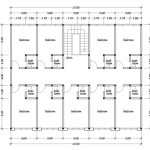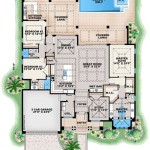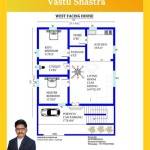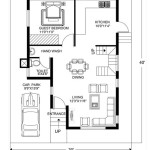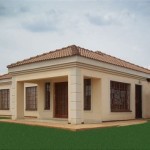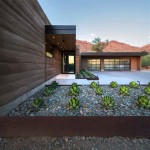Rammed Earth House Floor Plans: Designing Sustainable and Unique Living Spaces
Rammed earth construction, an ancient technique experiencing a modern revival, offers a sustainable and aesthetically pleasing approach to building homes. Rammed earth walls, created by compacting soil into forms, provide excellent insulation, reduce energy consumption, and contribute to a building's overall environmental footprint. As the popularity of rammed earth construction grows, understanding floor plan considerations becomes crucial for maximizing functionality and achieving a harmonious living experience within these unique structures.
Flexibility and Adaptability
Rammed earth construction, while aesthetically pleasing, presents specific considerations for floor planning. The inherent strength and stability of rammed earth walls allow for a high degree of flexibility in interior design. Open-plan layouts are particularly well-suited for rammed earth homes, maximizing natural light penetration and creating a sense of spaciousness. This flexibility extends to the integration of various architectural elements, such as large windows, skylights, and even interior courtyards. However, it’s crucial to carefully consider the placement of load-bearing walls, which are generally thicker and require strategic planning.
Furthermore, the structural integrity of rammed earth walls makes them ideal for creating unique and unconventional floor plan layouts. Irregular shapes, curved walls, and even integrated alcoves are all possible. These features not only enhance the aesthetic appeal of the home but also allow for creative use of space and functionality, providing a distinct personality to the living environment.
Maximizing Natural Light and Ventilation
Rammed earth walls possess excellent thermal mass, effectively regulating interior temperatures. This inherent characteristic makes it essential to optimize natural light and ventilation within the floor plan. Large windows and strategically placed skylights can flood the interior with sunlight, minimizing reliance on artificial illumination. Furthermore, incorporating passive solar design principles, such as south-facing windows and overhangs, can further enhance energy efficiency and reduce heating costs.
In addition to maximizing natural light, it is equally important to ensure adequate ventilation. Cross-ventilation, achieved through strategically placed windows and doors, allows for fresh air circulation, minimizing the risk of moisture build-up and ensuring a healthy and comfortable living environment.
Integrating Sustainability and Aesthetics
Sustainable design principles and aesthetically pleasing features go hand-in-hand with rammed earth construction. By embracing local materials, minimizing waste, and integrating energy-saving elements, rammed earth homes contribute to a greener and more sustainable lifestyle. The natural beauty of rammed earth walls is a defining characteristic, often left exposed to showcase the inherent texture and color variations of the soil. This raw and earthy aesthetic blends seamlessly with natural materials, such as wood, stone, and bamboo, creating a harmonious and inviting ambiance.
When designing floor plans for rammed earth homes, it is crucial to consider the integration of sustainable features, such as rainwater harvesting systems, solar panels, and green roofs. These elements not only enhance the home's environmental performance, but also add unique architectural accents that complement the natural beauty of the rammed earth construction.
In conclusion, designing rammed earth house floor plans requires a careful balance of functionality, aesthetics, and sustainability. Embracing the inherent qualities of rammed earth construction, maximizing natural light and ventilation, and integrating sustainable features can lead to creating unique and environmentally conscious living spaces that embody the principles of sustainable design and offer a harmonious connection with nature.

Rammed Earth House Plans Home Plan 1342

Eli Rammed Earth House Root Down Designs

Green Home Building Rammed Earth

Blaanc Uses Rammed Earth For House In Portuguese Vineyard

Rammed Earth Solar House Plan 1680 Affordable Plans

Rammed Earth Creating A 500 Year House Fine Homebuilding

Floor Plan Of Rammed Earth Residence Scientific Diagram

Plan For Rammed Earth House Public Domain Architectural Drawing Picryl Media Search Engine

Rammed Earth House Estudio Piloti Arquitetura Stepan Norair Chahinian Archdaily

Rammed Earth House Rwanda By Adam Amoroso At Coroflot Com

